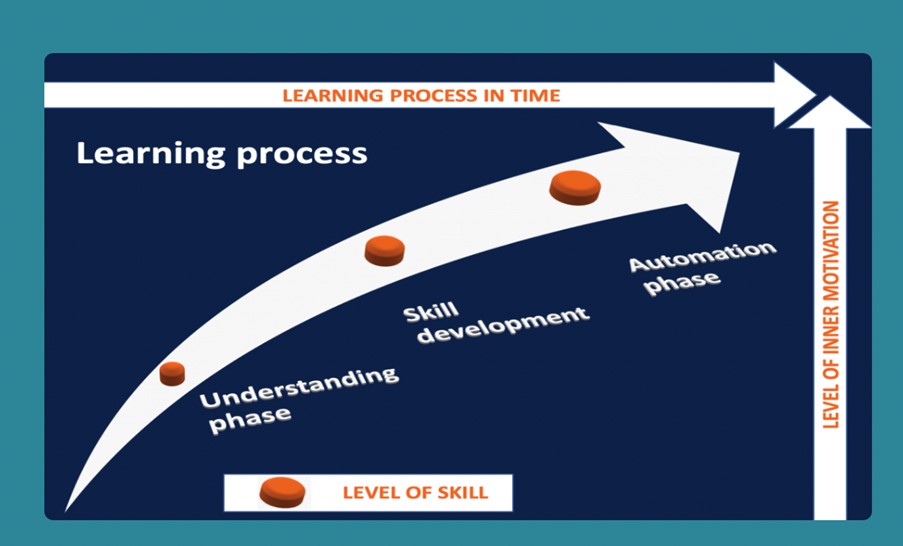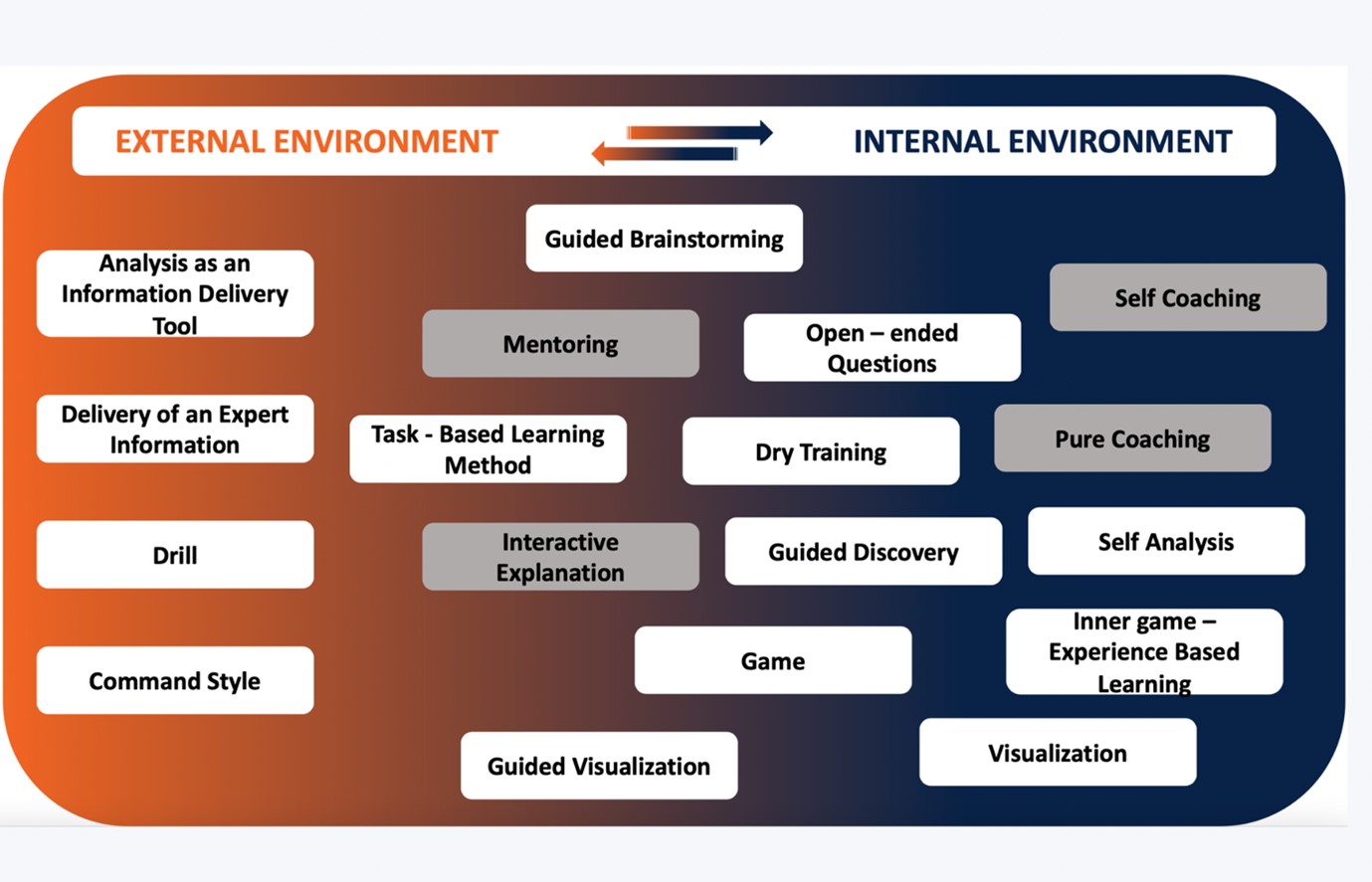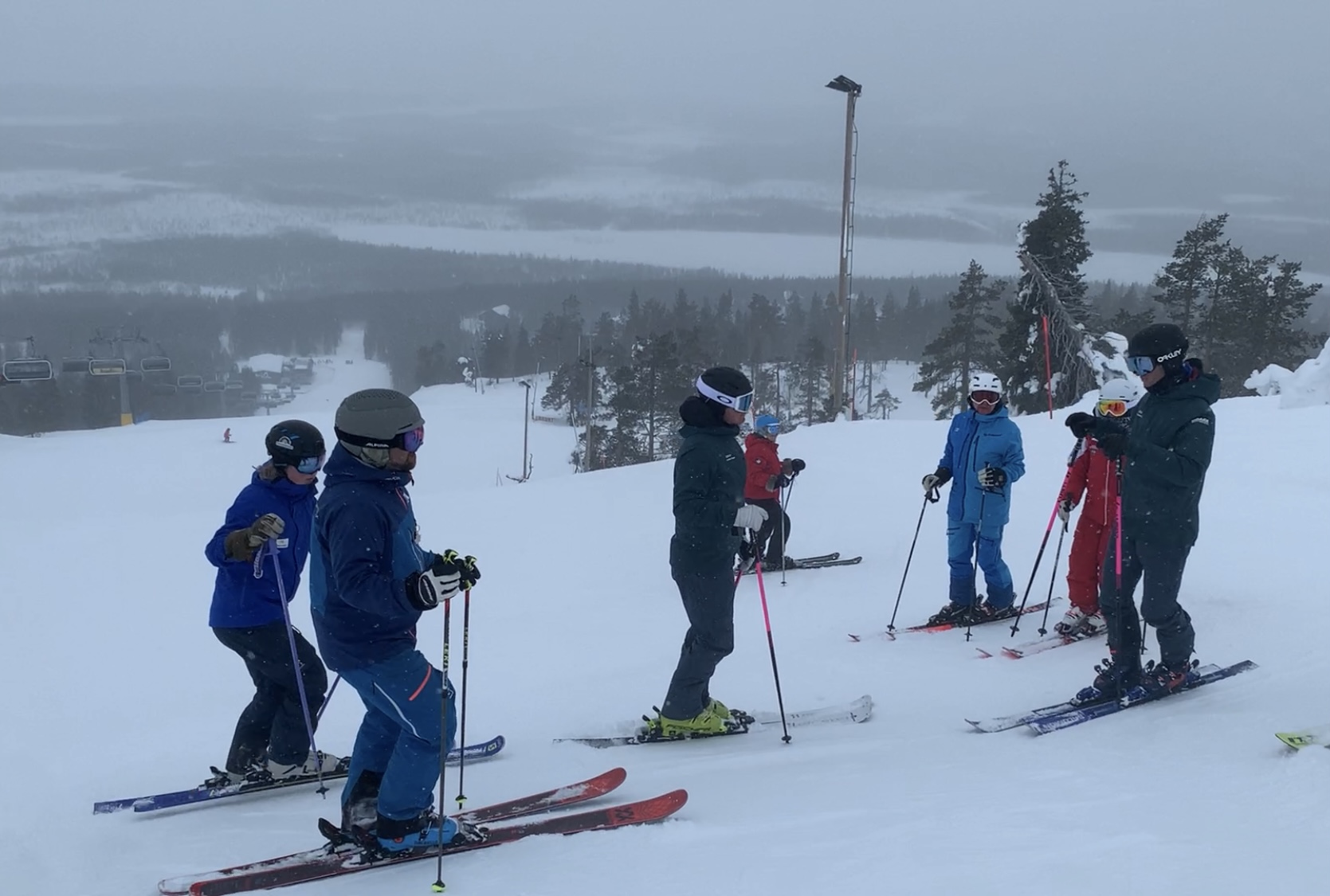 |
CZECH REPUBLIC Is there only one right teaching tool? |
By Jeremy O'Sullivan
My first Interski allowed me to attend workshops run by nations that I would otherwise never have the opportunity to learn from, such as the Czech Republic. Since watching dual discipline Olympic Champion Ester Ledecka win both the Women’s Parallel Snowboard and Alpine Skiing Super G at the 2018 PyeongChang Winter Olympic Games, I was excited to know more about how the Czech snowsports body teach.
APUL (Association of Professional Instructors of Czech Republic) presented their on-snow workshop in Levi on their teaching methods and tools. They introduced a spectrum of internal and external teaching and learning tools, designed to support the learner throughout the learning process, which consisted of three main phases: understanding, skill development, and automation. The Czech instructors use internal and external teaching tools at different points along the teaching process to help introduce new skills and build on the learner’s motivation to improve. They circle between internal and external tools as the learner becomes more competent.

During the workshop, they introduced the participants to the above model with a simple question: What is the difference between the external and internal environment for ski teaching. Many people gave examples such as the ski resort, snow conditions, and the way we think about the world. As the session progressed, the group expanded from thinking only about internal environments to also including external environments and how this may influence the learner and their objective. The demonstrators split the group into two, with each group being asked to teach a 10-minute lesson solely based on either internal or external environments. As I was part of the internal environment group, we discussed the feelings our guests have while skiing, from snow friction, our body movements, and how a guest would think about and visualise what they want to achieve. It was a challenge to teach only using the internal environment and we constantly found ourselves looking for external cues to support our guests and add strength to the lesson. My takeaway was internal environments support cognitive understanding however as the guest develops skills and becomes more competent, they start to need more external environments to support their own understanding, something that is continuously cycled throughout the learning stages.
The demonstrators, Michael Kašpárek, David Pražák, and Michael Turek, agreed with this assessment then providing a QR code with a link to more information on a website created for Interski to introduce the Czech learning philosophy.
Below are the teaching tools sitting on the environmental spectrum mentioned.

APUL suggested these environments could be referred to as soft and hard skills, Internal environments referred to as the soft skills (thoughts, mindfulness, discussion), and the external environments referred to as the hard skills (Skiing on the hill, drills and tasks like edge sets etc).
The learning philosophy is centred around the idea that students are introduced to new concepts through internal methods first (such as open-ended questions and self-analysis) and as they progress, instructors then introduce external cues (such as manipulation of the body and corrective exercise) to support the learner’s understand and add value to the experience. The Czech team feel this best supports the learner’s cognitive development of a new task, implying that APUL educators have developed this philosophy across years of teaching skiing and adapting their lessons from external education systems in the Czech Republic. A great instructor should blend, change, and manipulate their teaching tools (Internal & External) to make the lesson continuous and individual to the student’s development, ensuring that there is a cognitive understanding of each concept from an internal environmental perspective, before then moving on.
Although many of these ideas were not new to the APSI teaching model, the approach and presentation provided a new perspective. We also acknowledge internal and external cues, use open questions and cater to different learning styles using technical drills to support the learning process, however we do not use the differentiators of internal and external environments as the overall focus for how we construct a lesson in our teaching methodology.
My takeaway from the Czech Republic was the understanding that instructors can accomplish an effective lesson through a learning toolkit built from both internal and external environments utilised along the learning process to improve motivation and skill aquisition to develop the guest’s skiing ability and help them accomplish their goals.


